In the small, landlocked country of Rwanda, situated amid a dense population of nearly 12 million inhabitants, Water for People (WFP) expanded their mission of promoting the development of high-quality drinking water and sanitation services. The ‘Everyone Forever’ model was built out of Water for People’s Rwanda office in Kigali and is a programmatic effort to provide water and sanitation to Everyone in targeted districts, Forever.

To understand the full scope of Water for People’s vision while also supporting their mission, two Tata & Howard employee owners will be heading off to visit Water for People’s Rwanda site as part of their Impact Tour in September of this year.
Impact Tour
Water for People’s Impact Tours were created in efforts to show stakeholders how the organization is strengthening communities and fostering independence within defined geographical areas – that is, by bringing clean water and sanitation to every family, clinic, and school.
Throughout the course of an Impact Tour, participants will visit one of Water for People’s sites for a week to visit country staff, see the work they are doing, and witness firsthand what supporting Water for People truly looks like. Participants will interact directly with community leaders, local staff, government officials and people whose lives have been changed for the better due to the support and work in their area.

There are typically two Impact Tours each year – the first of 2019 will be taking place in Bolivia from April 13-18. The Rwanda Impact Tour that our team members will be participating in will take place from September 7-12.
The Lucky Winner
James Hoyt, Project Manager, was chosen through a company-wide raffle that was put together through our ESOP Committee. This raffle encouraged employees to continue supporting an organization we have been heavily involved with as a company, while also increasing employee engagement.

James is excited and honored for the opportunity to represent T&H for the Rwanda Impact Tour. He looks forward to meeting and interacting with Water for People staff and the local community while learning from their experiences.
“It is meaningful to have the opportunity to bring this experience back to the company and to be an advocate for the positive changes the organization is making,” he said.
Two’s Company
Tata & Howard Co-President, Jenna Rzasa will also be accompanying James on the Rwanda Impact Tour this September. As a donor and supporter of Water for People for the last 15+ years, Jenna saw the Impact Tour as a wonderful opportunity to see the positive benefits that come as a result of providing safe drinking water to the people of Rwanda.
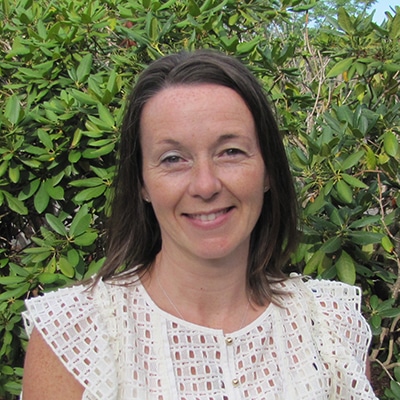
“Not only is WFP important to me, but also to the late Don Tata (co-founder of Tata & Howard), who was passionate about the organization and the winner of the 2018 Kenneth J. Miller Founders’ Award,” said Jenna. “By choosing to attend the trip with the Tata & Howard Raffle Winner, it serves a tribute to Don as well,” she added.
Raffle Entries
To participate in the raffle, Tata & Howard team members were given several opportunities to earn raffle tickets for the Impact Tour trip, including:
- Payroll Contribution to Water for People*
*The only requirement for raffle eligibility was a payroll contribution to Water for People. Subsequently, employee owners could then participate in other activities and company events to earn more tickets.
- Time at Tata & Howard
- Participation in ESOP Month Activities
- Donations for the November Food Drive
- Gifts for the DARE or Toys for Tots Giving Trees
- Donations to the Animal Shelter Drive
- Participation in the February ESOP event
A Second Opportunity
Because many of our team members have children, families, and other commitments – we were pleased to offer those unable to travel to Africa with the opportunity to use their raffle tickets elsewhere. Within a second raffle bucket, employee owners could also be eligible to win a $500 gift card to an airline of their choice. Raffle entries were collected in the same way they were for the Impact Tour.
The lucky winner for this prize was T&H Associate, Ryan Neyland.

While Ryan has yet to pick a destination to take advantage of his prize, he is thankful for the opportunity and is thankful to be part of Tata & Howard’s ESOP.
“I value the ESOP knowing that the long-term ownership of the company will remain with its employees, and that we all have a direct impact on the stability and value of our company,” said Ryan.
Special opportunities such as supporting a truly impactful organization are just some of the perks that come with being a part of an ESOP. While the Impact Tour trip to Africa may be a once-in-a-lifetime experience, we are always looking for ways to keep our employees working hard, engaged, and happy about the difference they can make in our company and the world.

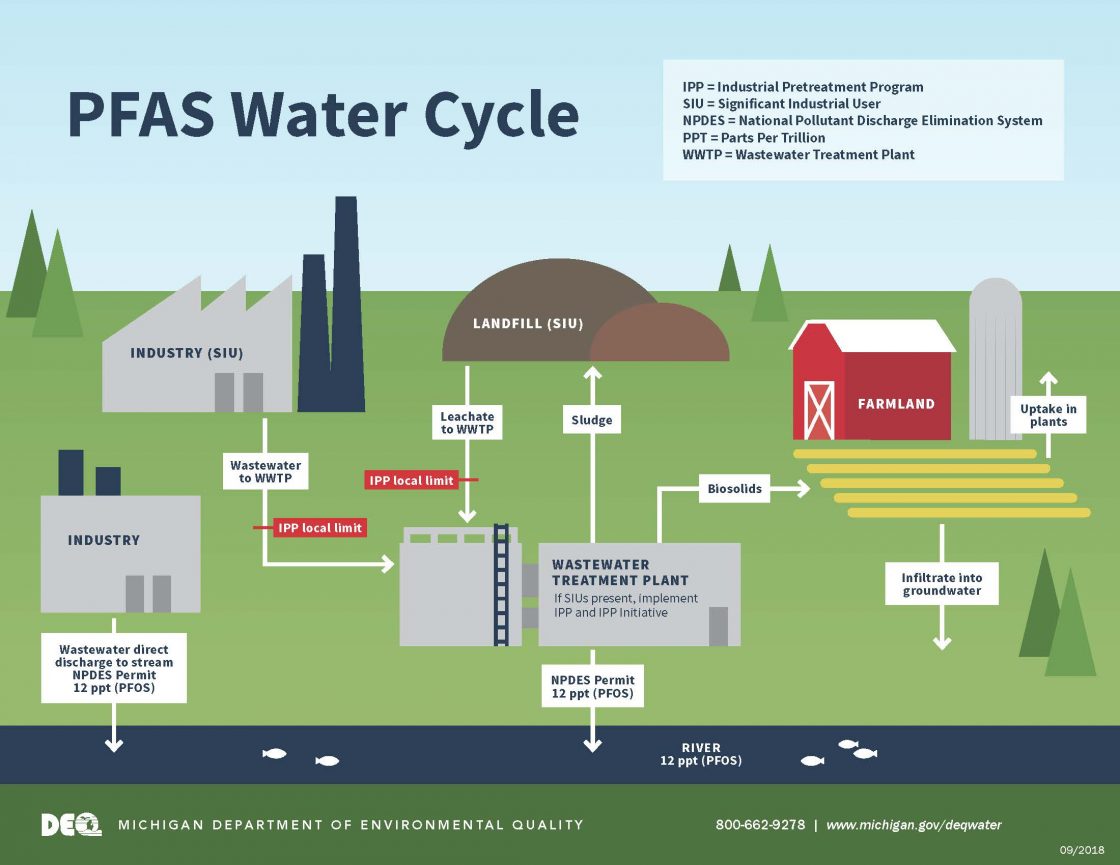
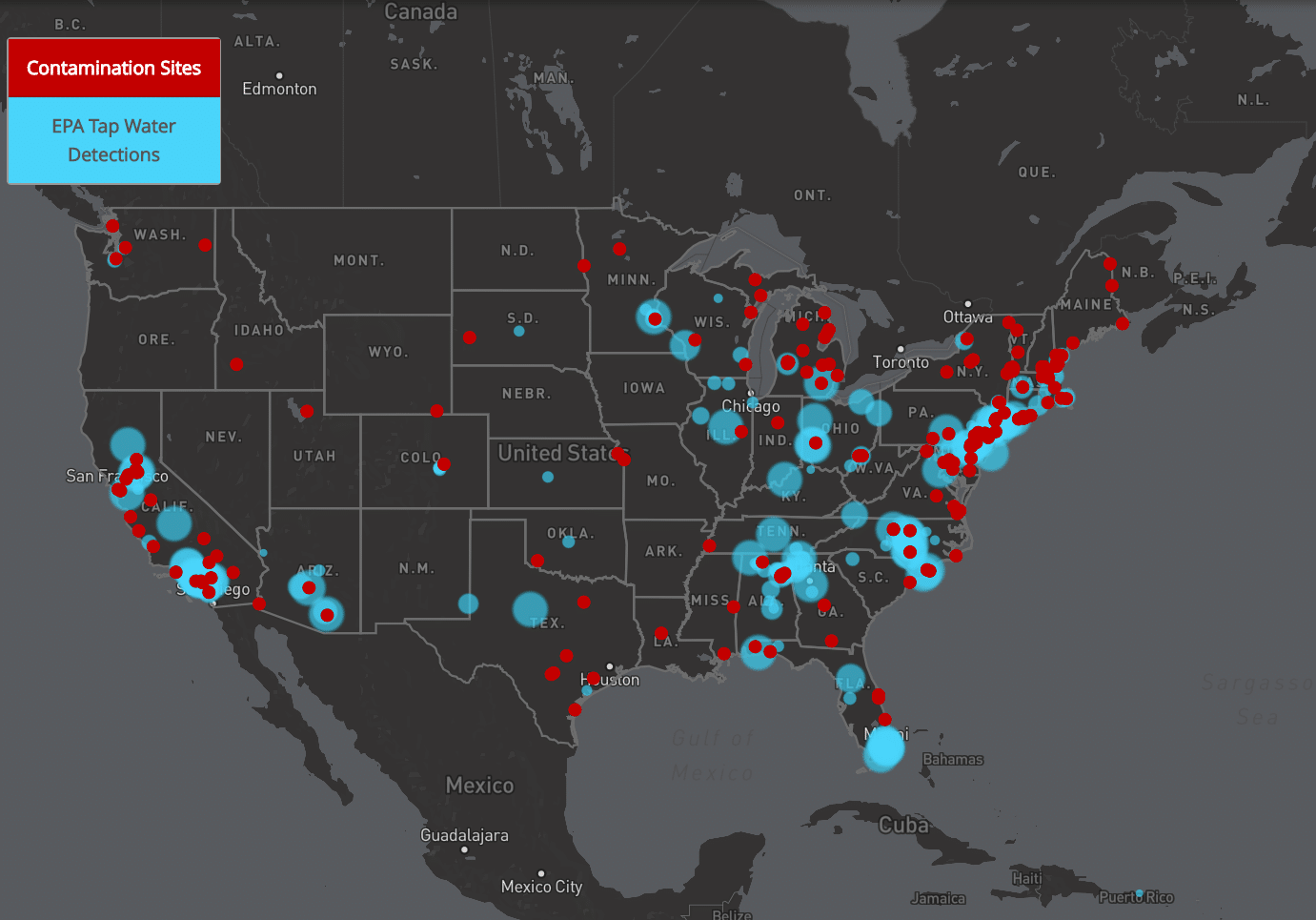

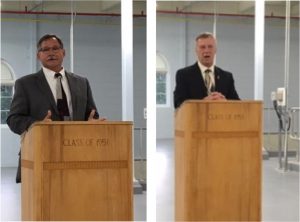

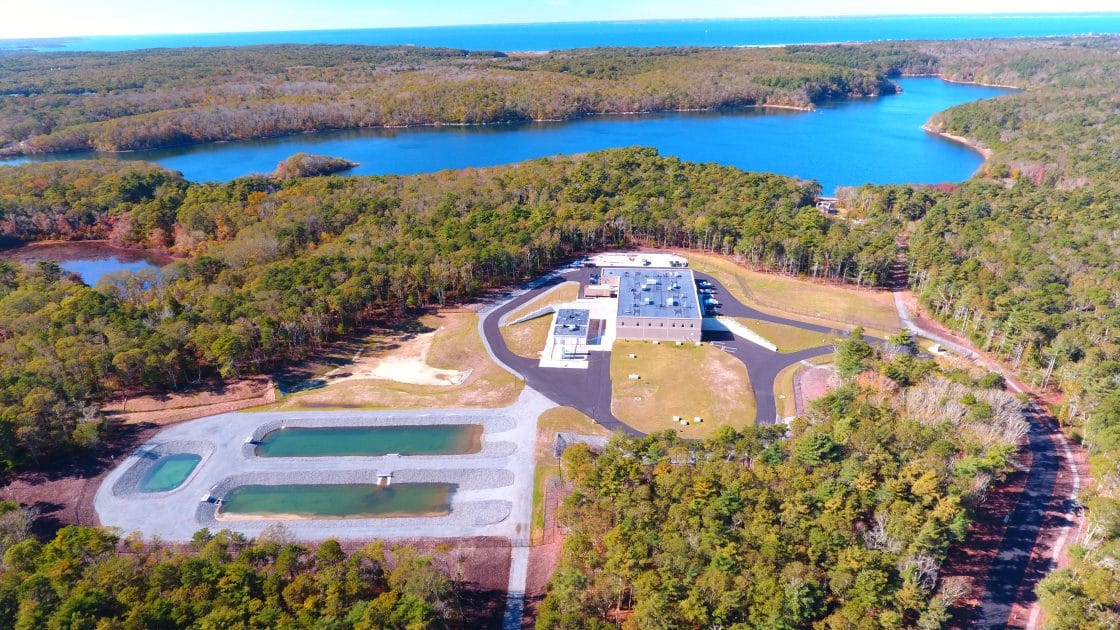

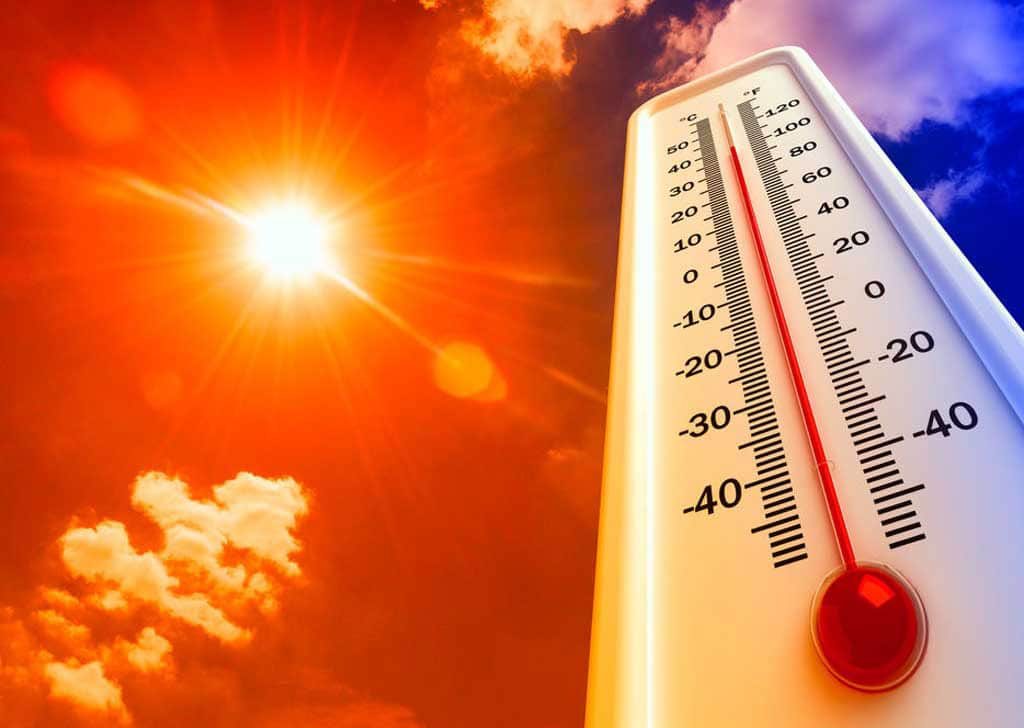 The most alarming news is the hottest temperature ever reliably recorded reached 124.3 degrees in Algeria this July.
The most alarming news is the hottest temperature ever reliably recorded reached 124.3 degrees in Algeria this July.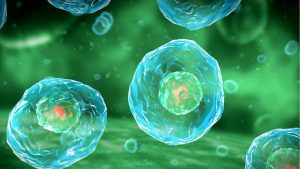 Wastewater treatment plants that use aerobic bacteria must provide oxygen with huge and costly electrically powered blowers for these microorganisms to survive. Anaerobic bacteria treatment processes do not need oxygen and use considerably less energy, making the wastewater treatment process more economical to operate. In addition to saving money, engineers believe these anaerobes can filter household and industrial chemicals better than conventional treatment plants.
Wastewater treatment plants that use aerobic bacteria must provide oxygen with huge and costly electrically powered blowers for these microorganisms to survive. Anaerobic bacteria treatment processes do not need oxygen and use considerably less energy, making the wastewater treatment process more economical to operate. In addition to saving money, engineers believe these anaerobes can filter household and industrial chemicals better than conventional treatment plants.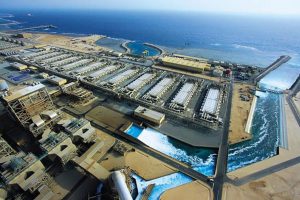
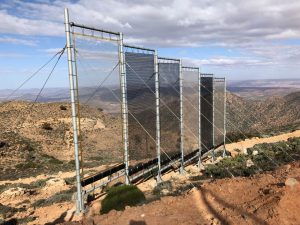

 When NASA recently announced the discovery of liquid water flowing under an ice cap on Mars, it opened the exciting possibility that life may exist outside our earthly abode. While it is conceivable scientists may eventually discover life somewhere in our galaxy, a reliable source of water outside earth is fundamental for the possibility of establishing a colony on Mars, exploring the universe and even visiting distant planets in search of life outside earth.
When NASA recently announced the discovery of liquid water flowing under an ice cap on Mars, it opened the exciting possibility that life may exist outside our earthly abode. While it is conceivable scientists may eventually discover life somewhere in our galaxy, a reliable source of water outside earth is fundamental for the possibility of establishing a colony on Mars, exploring the universe and even visiting distant planets in search of life outside earth. But hauling tons of supplies and materials to the International Space Station (ISS) is inefficient and extremely expensive. Sustaining a crew of four astronauts on the ISS with water, power and other supplies, costs nearly one million dollars a day. Even with the reusable SpaceX rocket which regularly provides supplies to the ISS, it costs $2,500 per pound to launch into space. With four astronauts living on the ISS needing approximately 12 gallons of water a day, it is impractical to stock the ISS with the tons of water needed for long periods of time.
But hauling tons of supplies and materials to the International Space Station (ISS) is inefficient and extremely expensive. Sustaining a crew of four astronauts on the ISS with water, power and other supplies, costs nearly one million dollars a day. Even with the reusable SpaceX rocket which regularly provides supplies to the ISS, it costs $2,500 per pound to launch into space. With four astronauts living on the ISS needing approximately 12 gallons of water a day, it is impractical to stock the ISS with the tons of water needed for long periods of time.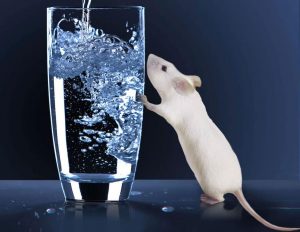 If the idea of drinking reclaimed water from mice urine and other waste sources sounds unappetizing, consider this, the water the astronauts drink is often cleaner that what many earthlings drink. NASA regularly checks the water quality and it is monitored for bacteria, pollutants and proper pH (60 – 8.5).
If the idea of drinking reclaimed water from mice urine and other waste sources sounds unappetizing, consider this, the water the astronauts drink is often cleaner that what many earthlings drink. NASA regularly checks the water quality and it is monitored for bacteria, pollutants and proper pH (60 – 8.5).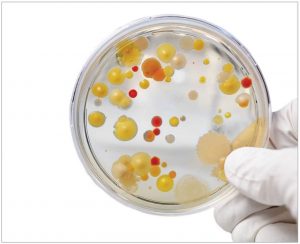 Recently, NASA invested in a new, lower cost solution to biologically recycle and reuse water developed by
Recently, NASA invested in a new, lower cost solution to biologically recycle and reuse water developed by  Pancopia is currently working on a similar system used on the ISS for municipal wastewater facilities. Using the technology developed for the Space Station, other areas in the world with limited access to clean drinking water, will soon be able to utilize this advanced water filtration and purification system.
Pancopia is currently working on a similar system used on the ISS for municipal wastewater facilities. Using the technology developed for the Space Station, other areas in the world with limited access to clean drinking water, will soon be able to utilize this advanced water filtration and purification system.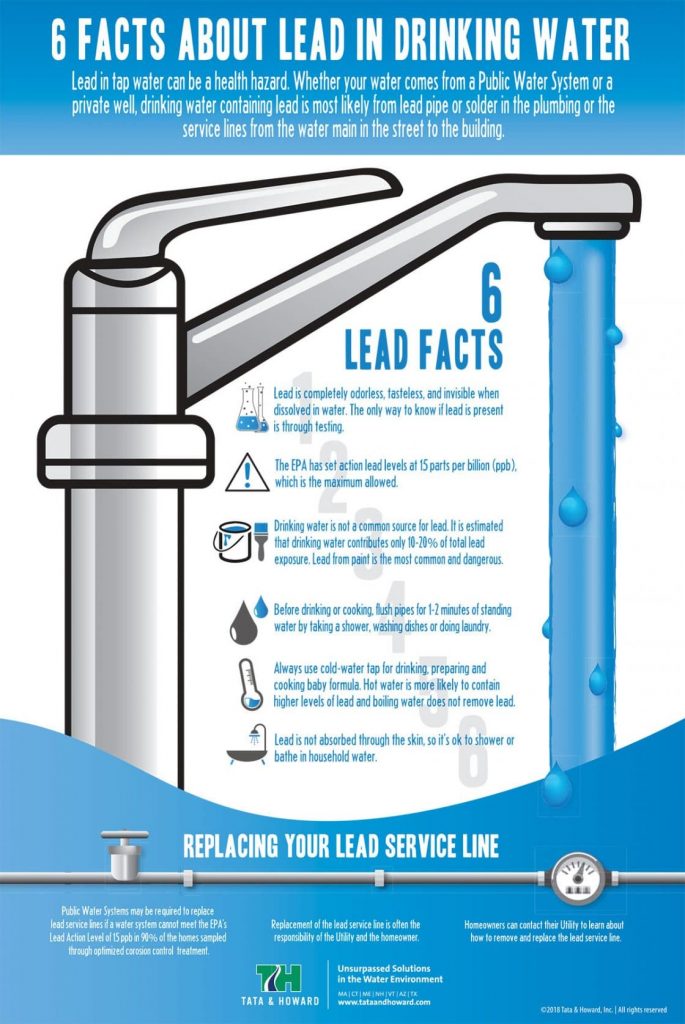
 Even so, that millimeter of enamel making up the outer part of the tooth is the hardest substance of the human body and can outlast even the human skeleton when interred. In fact, the oldest vertebrate fossil relics going back 500 million years are teeth. Despite these details, teeth can be surprisingly fragile and prone to decay.
Even so, that millimeter of enamel making up the outer part of the tooth is the hardest substance of the human body and can outlast even the human skeleton when interred. In fact, the oldest vertebrate fossil relics going back 500 million years are teeth. Despite these details, teeth can be surprisingly fragile and prone to decay. Still, with these advances in dentistry, tooth loss and decay persisted. Since ancient times, it was widely thought that toothaches were caused by worms that destroyed teeth. It wasn’t until 1890, when a dentist named Willoughby Miller identified that tooth decay was caused by a certain type of bacteria that thrives on sugar, creating an acid that ate away at tooth enamel.
Still, with these advances in dentistry, tooth loss and decay persisted. Since ancient times, it was widely thought that toothaches were caused by worms that destroyed teeth. It wasn’t until 1890, when a dentist named Willoughby Miller identified that tooth decay was caused by a certain type of bacteria that thrives on sugar, creating an acid that ate away at tooth enamel.

 Financing for The Clean Water SRF Program helps municipalities with federal and state compliance water-quality requirements, focusing on stormwater and watershed management priorities, and green infrastructure. The Drinking Water SRF Program, provides low-interest loans to communities to improve their drinking water safety and water supply infrastructure.
Financing for The Clean Water SRF Program helps municipalities with federal and state compliance water-quality requirements, focusing on stormwater and watershed management priorities, and green infrastructure. The Drinking Water SRF Program, provides low-interest loans to communities to improve their drinking water safety and water supply infrastructure.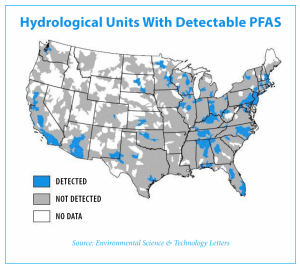 According the Environmental Protection Agency (EPA), all these UCMR 3 PFAS compounds have been detected in public water supplies across the US. Since PFAS are considered emerging contaminants, there are currently no established regulatory limits for levels in drinking water. However, in 2016, the EPA set Health Advisory levels (HA) of 0.07 micrograms per liter (µg/L) or 70 parts per trillion (ppt) for the combined concentrations of two PFAS compounds, PFOS and PFOA.
According the Environmental Protection Agency (EPA), all these UCMR 3 PFAS compounds have been detected in public water supplies across the US. Since PFAS are considered emerging contaminants, there are currently no established regulatory limits for levels in drinking water. However, in 2016, the EPA set Health Advisory levels (HA) of 0.07 micrograms per liter (µg/L) or 70 parts per trillion (ppt) for the combined concentrations of two PFAS compounds, PFOS and PFOA.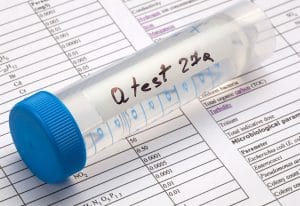 The EPA also recommends that treatment be implemented for all five PFAS when one or more of these compounds are present.
The EPA also recommends that treatment be implemented for all five PFAS when one or more of these compounds are present.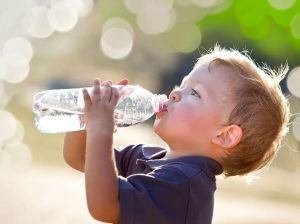 Most research on the effects of PFAS on human health is based on animal studies. And, although there is no conclusive evidence that PFAS cause cancer, animal studies have shown there are possible links. However, PFAS ill-health effects are associated with changes in thyroid, kidney and liver function, as well as affects to the immune system. These chemicals have also caused fetal development effects during pregnancy and low birth weights.
Most research on the effects of PFAS on human health is based on animal studies. And, although there is no conclusive evidence that PFAS cause cancer, animal studies have shown there are possible links. However, PFAS ill-health effects are associated with changes in thyroid, kidney and liver function, as well as affects to the immune system. These chemicals have also caused fetal development effects during pregnancy and low birth weights.